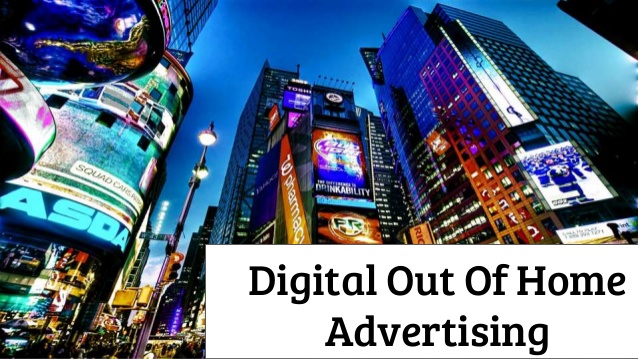What is the difference between DOOH and OOH?
3 min read
Difference Between DOOH and OOH
DOOH (Digital Out-of-Home) and OOH (Out-of-Home) are both forms of advertising that target audiences outside of their homes, but they differ significantly in terms of technology, flexibility, and audience engagement. Here’s a detailed comparison between DOOH and OOH:
1. Definition and Technology
- OOH (Out-of-Home):
- Traditional forms of advertising that include static billboards, posters, bus shelters, and transit ads.
- Typically static in nature and do not change once they are placed, except through manual replacement of content.
- Examples include printed billboards and posters.
- DOOH (Digital Out-of-Home):
- Utilizes digital screens and technologies to display advertising content in public spaces.
- Content on DOOH displays can be dynamic and updated remotely in real-time.
- Examples include digital billboards, interactive kiosks, digital transit displays, and screens in malls.
2. Content and Flexibility
- OOH:
- Static content that is printed and displayed for a set period.
- Limited flexibility in terms of updating content or targeting specific audiences dynamically.
- DOOH:
- Dynamic content that can be updated instantly, allowing for real-time messaging and audience targeting.
- Content can be scheduled to change based on factors like time of day, weather conditions, or audience demographics.
3. Audience Engagement
- OOH:
- Relies on the impact of static visuals and strategic placement to capture attention.
- Offers broad visibility to a diverse audience but lacks interactivity.
- DOOH:
- Enhances engagement through interactive features like touchscreens or QR code integrations.
- Allows for real-time interaction and feedback from viewers through social media integration or live updates.
4. Measurement and Analytics
- OOH:
- Historically measured through traffic counts, visibility studies, and brand recall surveys.
- Limited real-time analytics due to static nature.
- DOOH:
- Provides robust measurement capabilities such as impression tracking, dwell time, and audience demographics.
- Offers real-time analytics that allow advertisers to optimize campaigns based on performance data.
5. Cost and Deployment
- OOH:
- Generally lower production and deployment costs compared to DOOH due to the simplicity of static content.
- Requires periodic maintenance and replacement of physical materials.
- DOOH:
- Higher initial investment due to the cost of digital screens and technology.
- Lower ongoing costs for content updates and maintenance compared to traditional OOH.
Conclusion
In summary, while both DOOH and OOH aim to reach audiences outside their homes, DOOH distinguishes itself through digital technology, dynamic content capabilities, enhanced audience engagement, real-time analytics, and flexibility in content management. Choosing between DOOH and OOH depends on campaign objectives, target audience behavior, budget considerations, and the desired level of interactivity and measurement.
Why Choose MyHoardings for DOOH and OOH Advertising?
At MyHoardings, we specialize in crafting effective DOOH and OOH advertising strategies tailored to your brand’s needs. Contact us today to explore how we can help maximize your advertising impact in both digital and traditional outdoor spaces.

This comparison provides a comprehensive understanding of the differences between DOOH and OOH advertising, highlighting their respective features and benefits.
Types of Transit OOH Media
|













